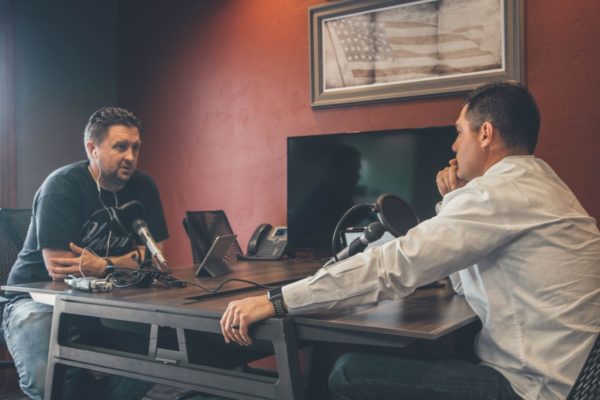Planning and Preparing for Natural Disasters: Lessons From a Mutual Aid Network In Florida

In the last few years, hurricane season has become even more active and dangerous. September is National Preparedness Month and offers a powerful opportunity to encourage planning and preparedness for natural disasters, especially as they increase in frequency and intensity, by sharing examples of how different states are managing this.
Florida has implemented the Florida Water/Wastewater Agency Response Network (FlaWARN) to help in the recovery of water and wastewater utilities after storms. FlaWARN is a mutual aid network to help utilities during man-made and natural disasters.
FlaWARN coordinates and pairs utilities that have need for support during a disaster with those utilities that can offer assistance through their Water Tracker program. Systems register with FlaWARN as a member and file a signed mutual aid agreement with the organization and then have access to this innovative tool. Florida is demoing the tool for other states in the hope that they can modify it to meet their local mutual aid and disaster response needs. It can be used for any type of emergency not just hurricanes and also was heavily utilized throughout the COVID 19 pandemic.
Once a disaster has been declared, FlaWARN staff enter the event into the FlaWARN database. Member utilities are notified through the system that this has occurred. Members can opt out of receiving notifications for any event at any time. After the event, utilities in need of assistance can make a request. The needs go out as notifications that assisting utilities can respond to. Their responses also go out as notifications. Additionally, systems can go to the FlaWARN website directly to see what is needed.
As an example of how this works, during Hurricane Michael in 2018, the following post was made:
Hurricane Michael
Need: Port St. Joe – Cape San Blas Wastewater and Liftstation
Florida Rural Water Association
Posted by Dyana Stewart (DJS) Oct 24 12:29pm
Update 11/2/18 DJS per Scotty Phillips: City of Tallahassee delivered (3) 6″ bypass pumps and Wewahitcha delivered (1) 4″ bypass pump on 10/31/18.
New Need Update 10/30/18 10:13 DJS: (4) 6″ bypass pumps that can connect to 4″ male quick clamps
Update 10/24/18 2:14pm DJS: Regional Utilities is onsite and will take the lead, but more assistance is needed.
10/24/18 12:39pm DJS: System is needing crews to help repair WW line from Port St. Joe to Cape San Blas in wet area.
3500 Linear Feet (LF) of 8″ C900 Green sewer pipe
(25) 8″ restraint fittings
(10) 8″ hymax couplings
(25) 8″ EBBA megalugs with bolt kits
(8) 8″ Ductile Iron Mechanical Joint (DI MJ) caps
(8) 8″ DI MJ 45°
(8) 8″ DI MJ 90°
3500LF green trace wire
100′ 1 1/4″ construction well point PVC screen
Contact: John Grantland, 850-XXX-XXXX
Each disaster event helps Florida learn and explore ways to improve the system. For example, during Hurricane Michael in 2018, a persistent problem in response was a miscommunication and flawed incident command. In an effort to address these issues, during the following 2019 hurricane season, the state divided itself up into zones with a key utility agreeing to be the lead for their zone during the event. This will hopefully alleviate miscommunication, such as those that occurred during Hurricane Michael, and provide better incident command. It is through suggestions provided by utilities that make this mutual aid network a success which is critical when a natural disaster hits.
Most states have a WARN where systems can help one another in their time of need and do so in a way that will allow them to be adequately reimbursed for their efforts. To find a WARN in your state, you can check out EPA’s website.



